
The most famous Dutch painters: 7 renowned masters from Van Eyck to Van Gogh
The most famous Dutch artists lived in different historical periods. Jan van Eyck, Hieronymus Bosch, and Pieter Bruegel the Elder worked during the Northern Renaissance, when both the Northern and Southern Netherlands were part of the Duchy of Burgundy. Pieter Claesz, Rembrandt Harmenszoon van Rijn, and Johannes Vermeer are rightfully considered some of the best masters of the Dutch Golden Age of painting. Vincent van Gogh is recognized by many art historians as the brightest Post-Impressionist of the late 19th century.
 The most famous Dutch painters. Jan van Eyck. Arnolfini Portrait, 1434
The most famous Dutch painters. Jan van Eyck. Arnolfini Portrait, 1434
Iconic Dutch painters had different life stories, but their commonality is worldwide recognition far beyond their small historical homeland.
Jan van Eyck (1385 or 1390-1441)
Jan van Eyck is the most renowned representative of early Dutch painting during the Northern Renaissance. He was born in the city of Maaseik in modern-day Belgium. In 1425, he entered the service of Duke Philip the Good of Burgundy as a chamberlain. Simultaneously, he served as a court painter and even carried out diplomatic missions. The ruler favored his subordinate and paid him a generous salary.
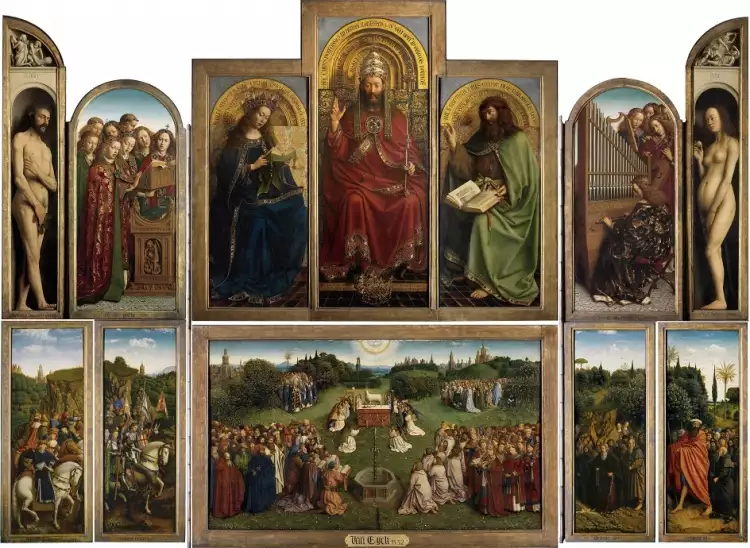 The most famous Dutch painters. Jan van Eyck. Ghent Altarpiece, 1432
The most famous Dutch painters. Jan van Eyck. Ghent Altarpiece, 1432
Van Eyck was one of the first in Northern Europe to appreciate the advantages of oil paints, contributing to their popularity among his colleagues. The master's brushes produced the first paired portrait of a married couple in European visual art. Many of Eyck's paintings are known for their realistic style. In addition to portraiture, he was widely recognized for his works on religious themes.
He spent his last years living and working in Bruges and passed away in 1441.
Most famous works:
- The Ghent Altarpiece (1432).
- Portrait of a Man (1433).
- The Arnolfini Portrait (1434).
- Madonna of Chancellor Rolin (1436).
- Man with a Carnation (1436).
Hieronymus Bosch (c. 1450-1516)
Hieronymus Bosch is the most enigmatic artist in our article. His works shocked contemporaries and often became the target of attacks by the Church. Bosch's creativity had a significant influence on Salvador Dali, the extravagant Spaniard who called Bosch the father of surrealism and admired the Dutchman's creations.
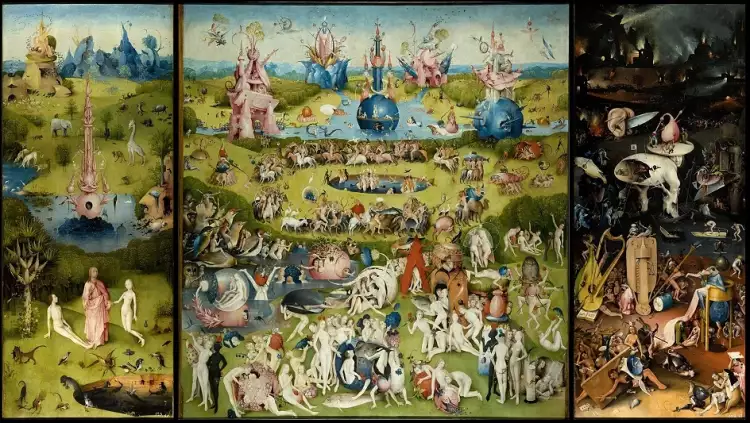 The most famous Dutch painters. Jheronimus Bosch. The Garden of Earthly Delights, 1510
The most famous Dutch painters. Jheronimus Bosch. The Garden of Earthly Delights, 1510
Bosch (real surname - Aken) was born into a family of artists and learned the hereditary trade from an early age. He spent his entire life in his hometown of 's-Hertogenbosch, married a woman from a prosperous merchant family, and had no children.
He painted extensively on religious themes, but Bosch's paintings significantly differed from the works of his contemporaries. They featured highly pronounced symbolism, bold fantasies, and profound subconscious elements.
Only 25 paintings and a few drawings have survived to this day. Bosch did not have the habit of signing his works, and after his death in 1516, his widow distributed all his possessions to the heirs.
Notable works by Bosch:
- The Seven Deadly Sins and the Four Last Things (1480).
- The Haywain Triptych (1502).
- St. Jerome at Prayer (1505).
- The Garden of Earthly Delights (1510).
- The Adoration of the Magi or The Epiphany (1510).
Peter Bruegel the Elder (1525-1569)
Peter Bruegel the Elder is known to the world not only as the author of magnificent paintings on religious and rural themes. He also holds another honorable title - the progenitor of a dynasty of famous Dutch artists. Two sons, two grandsons, and the master's great-grandson also left a notable mark on art.
 The most famous Dutch painters. Peter Bruegel the Elder. The Triumph of Death, 1562
The most famous Dutch painters. Peter Bruegel the Elder. The Triumph of Death, 1562
The life of Peter Bruegel the Elder was far from simple, and his life was brief. His career was on the rise until the age of 40. He studied under a good teacher, Pieter Coecke van Aelst, in Antwerp, and married his daughter. He then traveled extensively throughout Europe. Upon returning home, he led a comfortable life as a successful painter. However, everything changed in 1566 when the army of the Duke of Alba began a brutal religious terror campaign in the Southern Netherlands. During those years, thousands of the master's compatriots were innocently killed, and he himself died in an atmosphere of fear at the age of only 44.
Notable works by Bruegel:
- Children's Games (1560).
- The Triumph of Death (1562).
- The Tower of Babel (1563).
- The Magpie on the Gallows (1568).
- The Parable of the Blind (1568).
Peter Claesz (1597-1660)
Peter Claesz (Pieter Claesz) is a prominent representative of 17th-century Dutch still-life painting, and he is the father of the landscape artist Nicolaes Pieterszoon Berchem the Elder. He is considered the founder of the Haarlem school of still-life painting, particularly "Breakfast and Banquet" still lifes.
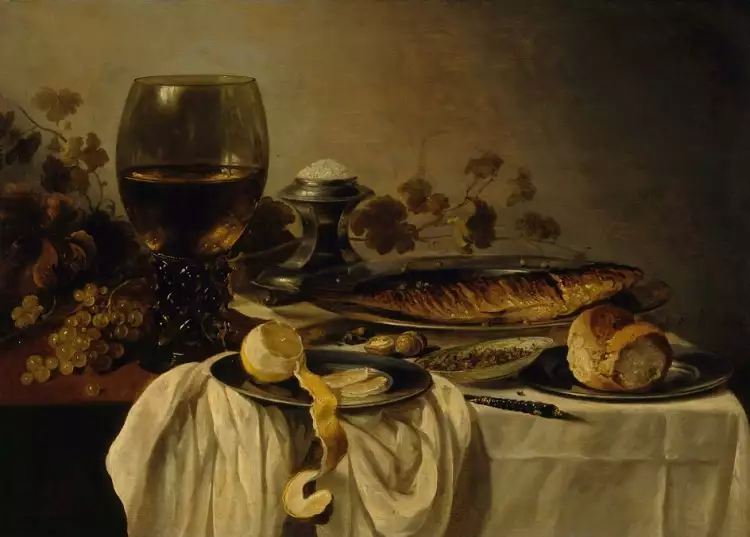 The most famous Dutch painters. Peter Claesz. Breakfast, 1646
The most famous Dutch painters. Peter Claesz. Breakfast, 1646
Biographical information about Claesz is scarce. He was born in the suburbs of Antwerp but moved to Haarlem in 1620, where he soon gained recognition. He developed his own style of painting with a modest, strict composition and unity of light. In addition to his son, he also trained several other pupils who later became recognized still-life artists, including Floris van Dijck, Christian Berentz, and Evert van Aelst.
Notable paintings by Claesz:
- Vanitas (1625).
- Still Life with a Crab (1643).
- Still Life with Fruits (1644).
- Breakfast (1646).
Rembrandt Harmenszoon van Rijn (1606-1669)
Rembrandt is the most outstanding representative of the Dutch Golden Age of painting. His work is characterized by an enormous diversity of genres, masterful use of light and shadow, and exceptional emotional depth.
 The most famous Dutch painters. Rembrandt Harmenszoon van Rijn. Danaë, 1636-1647
The most famous Dutch painters. Rembrandt Harmenszoon van Rijn. Danaë, 1636-1647
The fate of the great master was far from ordinary. He was born into an affluent family and began learning to paint at an early age. He married the woman he loved from a wealthy family. Rembrandt quickly achieved success, living a luxurious life and receiving numerous commissions.
However, fate soon dealt him a severe blow. His wife died of consumption, leaving him with their son and necessitating the hiring of a nursemaid for his child. In his paintings, the maestro continued to use bold innovative ideas, which deterred many clients. Gradually, his fortunes declined. The master struggled to fend off creditors but was eventually forced to declare bankruptcy.
The works of his later period became the crown of Rembrandt's career but were coldly received by the public. The maestro passed away in poverty a year after the tragic death of his son.
Famous paintings by Rembrandt:
- The Storm on the Sea of Galilee (1633).
- Belshazzar's Feast (1635).
- The Prodigal Son in the Brothel (1635).
- The Night Watch (1642).
- Danaë (1636-1647).
- The evangelist Matthew and the Angel (1661).
- The Return of the Prodigal Son (1663).
Jan Vermeer (1632-1675)
Jan Vermeer was a Dutch painter of the 17th century in the genre of portraiture and urban landscapes. He painted pictures of everyday life with simplicity but filled them with love and coziness, soft light, and a lyrical mood.
 The most famous Dutch painters. Jan Vermeer. Girl with a Pearl Earring, 1665-1667
The most famous Dutch painters. Jan Vermeer. Girl with a Pearl Earring, 1665-1667
Vermeer was born into a merchant's family, learned to draw at a young age, married at the age of 21, and was registered as a master of painting in the Saint Luke's Guild.
His wife gave birth to 15 children, four of whom died in infancy. Vermeer was not particularly prolific in his work. He painted 1-2 pictures a year, but clients paid good money for his works.
The cloudless life came to an end with the start of the war between Holland and France. Interest in art declined significantly, and money was in short supply. Due to strong emotional stress, Vermeer died of a heart attack at the age of only 43.
Famous works by Vermeer:
- Girl Reading a Letter at an Open Window (1659).
- The Milkmaid (1660).
- The Little Street (1661).
- The Music Lesson (1665).
- Girl with a Pearl Earring (1665-1667).
Vincent van Gogh (1853-1890)
Vincent van Gogh was a brilliant self-taught artist, the brightest representative of post-impressionism. His work had a significant influence on 20th-century painting, and his works consistently set price records at auctions to this day.
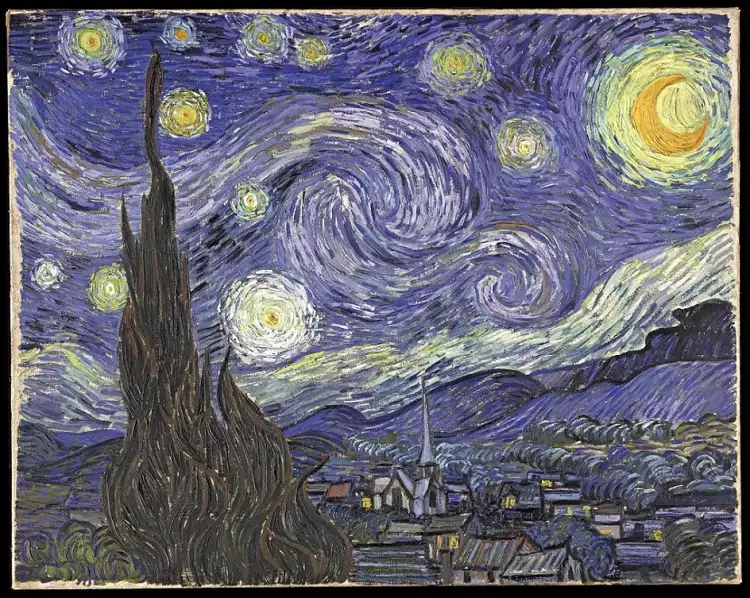 The most famous Dutch painters. Vincent van Gogh. The Starry Night, 1889
The most famous Dutch painters. Vincent van Gogh. The Starry Night, 1889
He was born into a Protestant pastor's family in a village in the south of the Netherlands, not far from the Belgian border. Before taking up painting, he worked in his uncle's trading firm and spent six months engaged in missionary activities, trying to find spiritual peace.
At the age of 27, Vincent decided to drastically change his life and become a professional artist. He attempted to start a family but was unsuccessful. Five years later, he moved to Paris, passionately studied painting, and became acquainted with outstanding colleagues of his time.
Van Gogh was extraordinarily prolific in his creative output, but during his lifetime, he only managed to sell one painting. An unrecognized genius, he struggled with life and personal setbacks, developing a severe mental illness. He was even placed in a clinic for a period. Broken by adversity, Vincent shot himself in the heart with a revolver and died, bleeding in the arms of his brother.
Some of Vincent van Gogh's most famous paintings:
- Sunflowers (1888).
- Café Terrace at Night (1889).
- The Starry Night (1889).
- Irises (1889).
- Self-portrait with Bandaged Ear and Pipe (1889).
- Portrait of Dr. Gachet (1890).
- Wheatfield with Crows (1890).
The great Dutch masters will forever remain in the world of art. Our descendants will admire their paintings for many years to come. You can purchase works by contemporary artists directly from the authors on the Very Important Lot website. Participate in auctions to acquire artworks from different eras and styles.
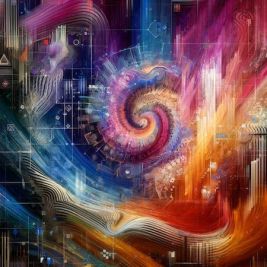 The Rise of Generative Art: Bridging Technology and Creativity
The Rise of Generative Art: Bridging Technology and Creativity  Expressionism in interior design - the style of freedom and youth
Expressionism in interior design - the style of freedom and youth 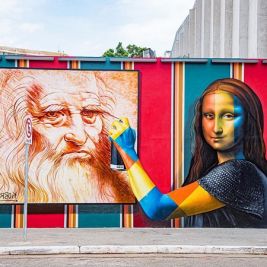 Mural - monumental urban art of immense scale
Mural - monumental urban art of immense scale 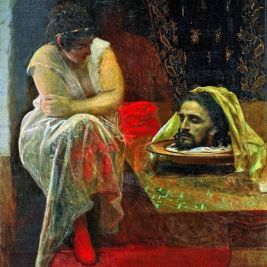 The painting "Herodias" by Ivan Nikolaevich Kramskoi is a moment of terrifying realization instead of the triumph of victory over the enemy
The painting "Herodias" by Ivan Nikolaevich Kramskoi is a moment of terrifying realization instead of the triumph of victory over the enemy 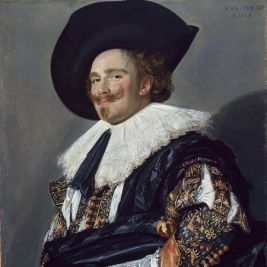 Portrait - a genre of painting: essence, types, history of the genre, famous portraits and portrait artists
Portrait - a genre of painting: essence, types, history of the genre, famous portraits and portrait artists 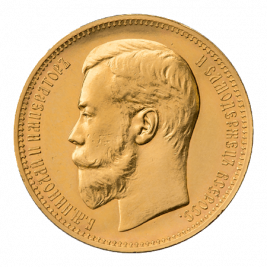 The coin of 37 rubles and 50 kopecks is a valuable masterpiece of Russian numismatics with a non-standard denomination
The coin of 37 rubles and 50 kopecks is a valuable masterpiece of Russian numismatics with a non-standard denomination 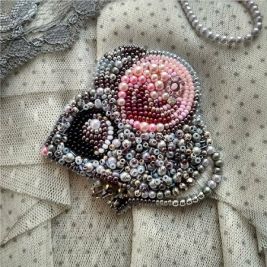 Application is a technique of decorative and applied art: essence, types, history
Application is a technique of decorative and applied art: essence, types, history 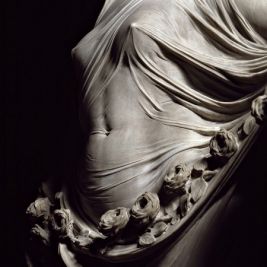 Marble Veil: Trompe-l'oeil Technique in Sculpture
Marble Veil: Trompe-l'oeil Technique in Sculpture 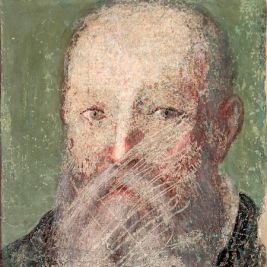 Agnolo Bronzino was a great Italian portraitist and a brilliant intellectual of the Mannerist era
Agnolo Bronzino was a great Italian portraitist and a brilliant intellectual of the Mannerist era 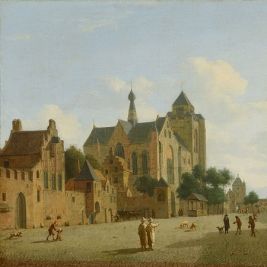 Figurative art and figurativism are antipodes of abstractionism and conceptualism
Figurative art and figurativism are antipodes of abstractionism and conceptualism